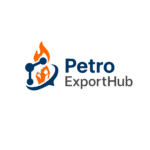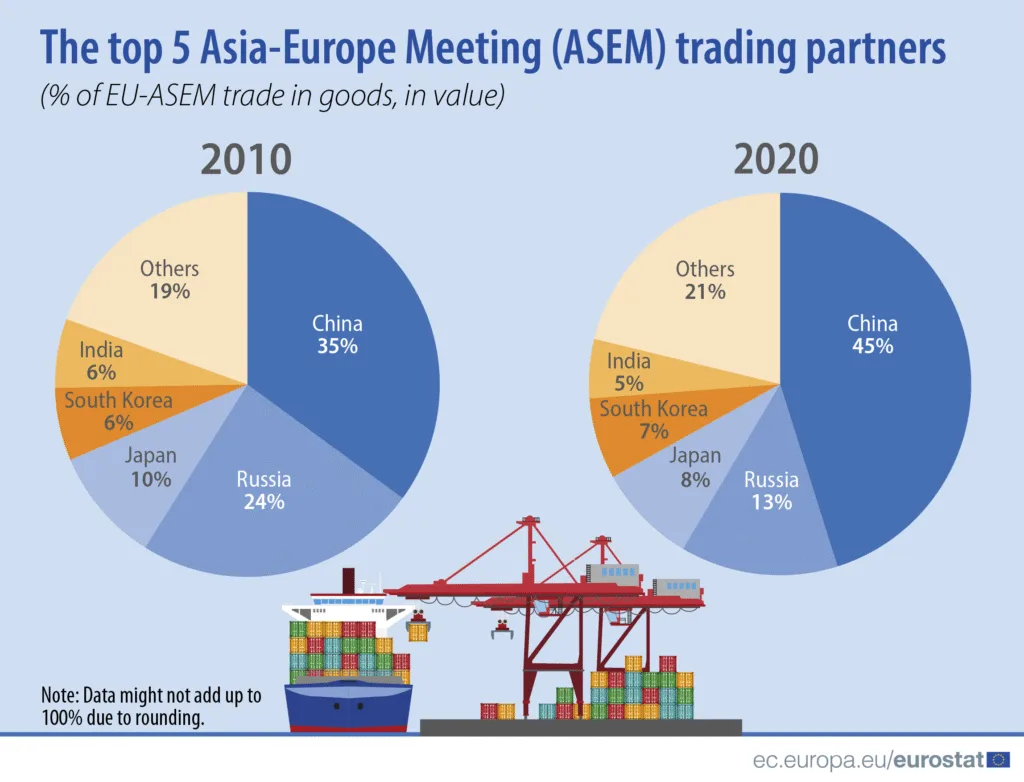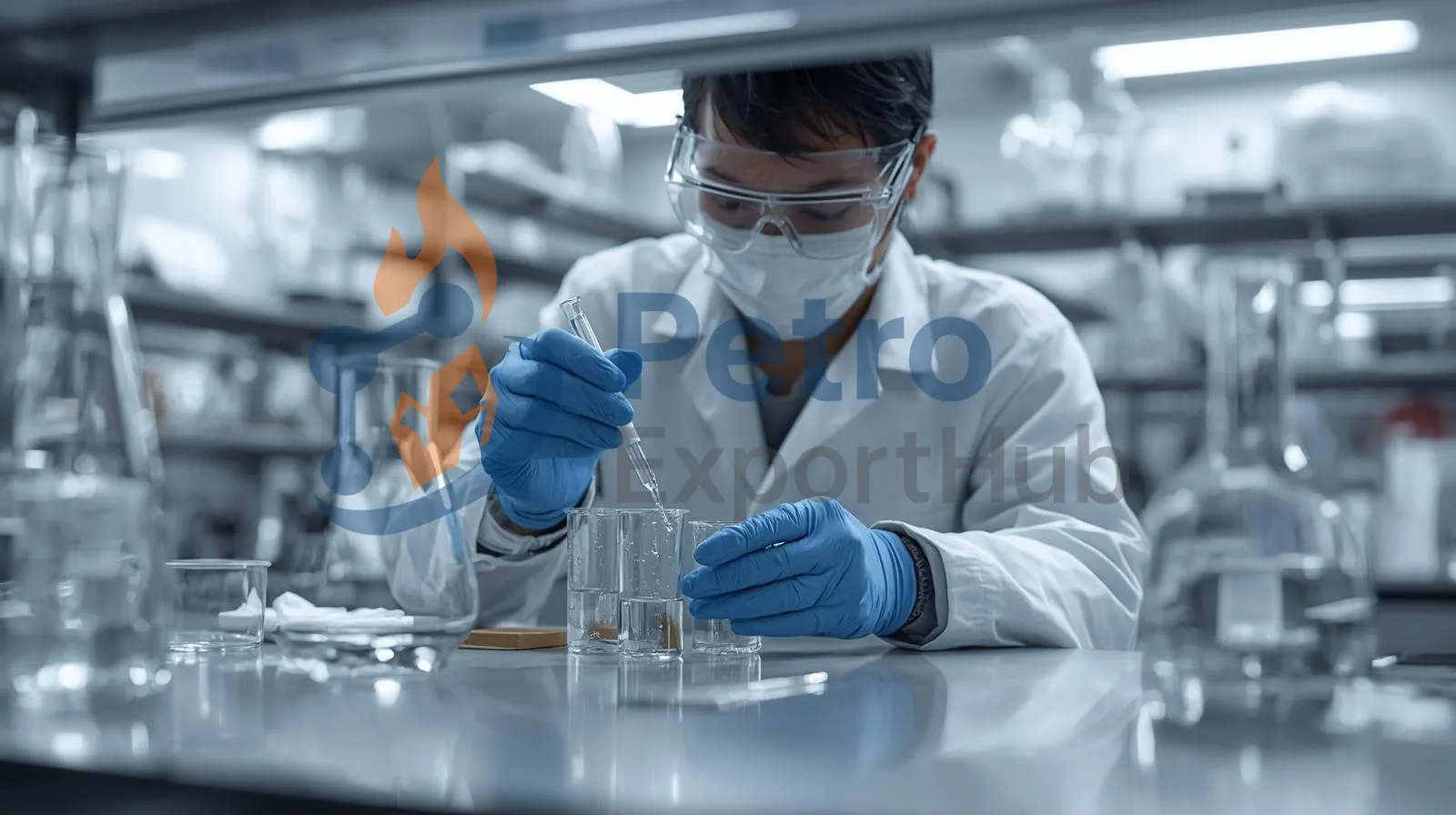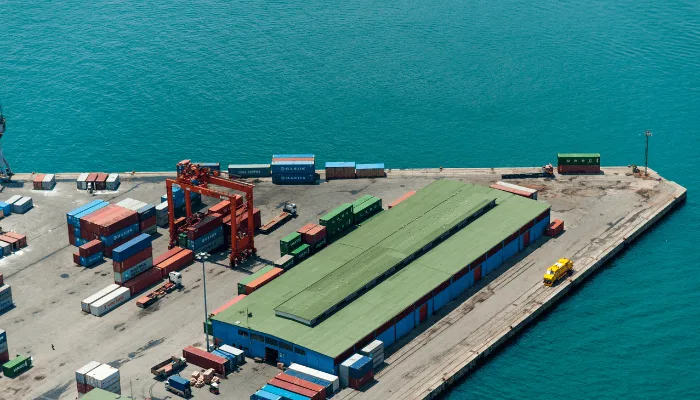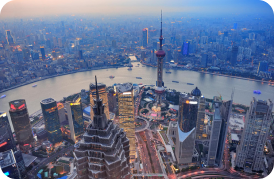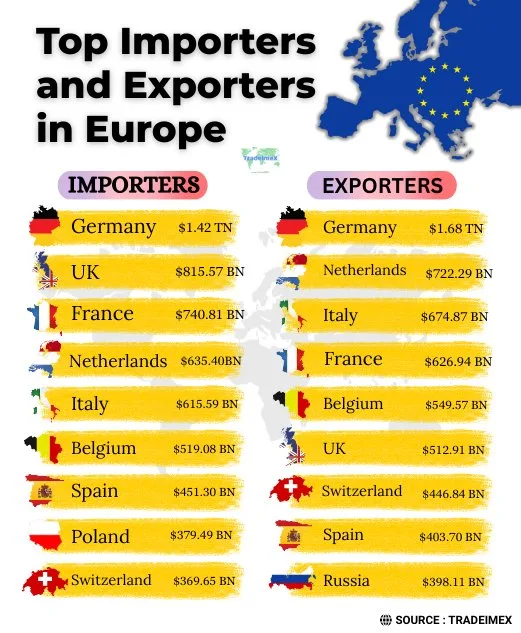
Regulatory Standards Affecting PE100B Exports to Europe and Asia
Introduction
Global trade in high-density polyethylene (HDPE) resins is heavily influenced by regulations, certifications, and safety standards. For exporters, especially those in the Middle East, understanding PE100B export regulations is not optional—it is the cornerstone of accessing lucrative markets in Europe and Asia. While Asia is known for high-volume imports and rapid infrastructure development, Europe enforces stricter rules tied to environmental sustainability and quality. Both regions, however, expect PE100B resin suppliers to comply with international benchmarks before material can be sold. This article provides a detailed overview of how PE100B compliance standards shape export opportunities, the differences between the two regions, and what buyers should know before committing to long-term contracts.
Why Regulatory Standards Matter in PE100B Trade
PE100B resin is primarily used in water and gas pipeline applications where durability and safety are critical. Failures in resin quality can lead to accidents, water contamination, or costly infrastructure repairs. This is why governments and industry bodies enforce strict PE100B compliance standards.
For exporters, regulations directly affect:
The PE100B export regulations they must follow for customs clearance.
The certifications they must secure from accredited agencies.
The long-term trust they build with downstream buyers.
As a result, even PE100B resin suppliers with competitive prices cannot enter Europe or Asia without proving regulatory compliance.
European Market: High Barriers, Premium Pricing
Europe is one of the most demanding markets for polymer imports. The EU has harmonized standards across member states, ensuring a consistent regulatory framework. Key PE100B export regulations in Europe include:
EN 12201 (Water Supply Systems) – Specifies requirements for polyethylene pipes, fittings, and raw material properties.
ISO 4427 – International standard for water and gas pipelines using PE100B.
REACH (Registration, Evaluation, Authorization, and Restriction of Chemicals) – Mandates chemical safety registration for all polymer imports.
Environmental Directives – Require sustainable production methods and recyclability of raw materials.
Because of these strict measures, PE100B resin suppliers targeting Europe must invest heavily in certification. However, the upside is clear: European buyers are willing to pay a premium for proven quality and sustainable sourcing. Thus, exporters who meet PE100B compliance standards gain access to a stable, high-value market.
Asia: Volume-Driven but Increasingly Regulated
In contrast to Europe, Asia is characterized by high-volume imports and rapid infrastructure projects. Countries such as China, India, and Indonesia are expanding their water distribution and gas pipeline systems, driving massive demand for PE100B.
While regulatory hurdles are generally lower than in Europe, several PE100B export regulations are gaining importance in Asia:
Bureau of Indian Standards (BIS) certification for resins used in pipe manufacturing.
GB/T Standards (China) which set performance and durability benchmarks for polyethylene.
SIRIM (Malaysia) and SNI (Indonesia) which enforce national safety and performance standards.
Although some markets remain price-sensitive, more governments are introducing stricter PE100B compliance standards due to safety concerns and the need to align with international infrastructure guidelines. This creates opportunities for PE100B resin suppliers who can deliver both affordability and certified quality.
Comparative Analysis: Europe vs. Asia
| Factor | Europe | Asia |
|---|---|---|
| Certification Requirements | EN 12201, ISO 4427, REACH, Eco-Directives | BIS, GB/T, SIRIM, SNI (varies by country) |
| Compliance Costs | High (third-party audits, chemical registration) | Medium (national certifications, factory audits) |
| Market Focus | Quality, sustainability, safety | Volume, speed of supply, cost efficiency |
| Buyer Behavior | Willing to pay premium for compliance | Price-sensitive but shifting toward certified suppliers |
This table highlights that while Europe offers higher margins, Asia provides scale. Exporters must tailor their strategies based on which region they are targeting.
Challenges for Exporters
Exporters from the Middle East, particularly Iran, face multiple challenges in navigating PE100B export regulations:
Documentation Delays: Securing REACH or BIS certifications can take months.
Cost Burden: Meeting PE100B compliance standards adds significant upfront costs for testing and certification.
Geopolitical Risks: Sanctions and trade barriers may complicate access to some European markets.
Buyer Verification: Many buyers now demand third-party audits of PE100B resin suppliers to ensure credibility.
Strategies for Export Success
To overcome these challenges, PE100B resin suppliers should consider:
Investing in Certification: Obtaining EN 12201, ISO 4427, and BIS approvals to open multiple markets.
Leveraging Third-Party Testing Labs: Using globally recognized agencies (e.g., SGS, Intertek) to speed up buyer trust.
Customizing Supply Contracts: Offering CIF delivery terms with guaranteed compliance paperwork.
Highlighting Sustainability: Aligning with EU directives on recyclability to attract European buyers.
By aligning with PE100B compliance standards, suppliers not only improve their chances in premium markets but also differentiate themselves in Asia’s competitive, price-driven landscape.
Outlook for 2025 and Beyond
Looking ahead, PE100B export regulations will only tighten. Europe is expected to expand environmental criteria, while Asia will gradually enforce more rigorous national standards. This trend benefits PE100B resin suppliers who invest early in compliance and position themselves as reliable partners. Buyers, on the other hand, will increasingly prefer certified suppliers over low-cost uncertified options, making compliance a competitive advantage.
Conclusion
The regulatory environment for PE100B trade is evolving rapidly, with PE100B compliance standards now central to market access. Europe represents a high-barrier but high-reward destination, while Asia offers scale with growing regulatory oversight. For exporters, success will depend on balancing compliance costs with market opportunities. By aligning strategies with PE100B export regulations, and by working closely with reliable PE100B resin suppliers, buyers can secure both safety and long-term supply stability in 2025 and beyond.
Would you be interested in PE100B suppliers in Iran ?
- Contact Us today and get connected with producers and export-ready logistics.
- sales@PetroExportHub.com

Related posts
Mono Ethylene Glycol (MEG) serves as a cornerstone for modern antifreeze and coolant formulations, offering reliable freezing protection and heat resi . . .
Explore Solvent 100’s specs, uses, and export opportunities from Iran. Ideal for paint, ink, and adhesive buyers in India, Turkey, UAE, and Africa. . . .
Explore everything you need to know about exporting sulphur from Iran in 2024 — including types, packaging, documents, ports, prices, and top import . . .
Explore Iran’s top ports for petrochemical exports, including Bandar Imam Khomeini, Assaluyeh, and Bandar Abbas. Compare infrastructure, accessibili . . .
Learn the key differences between polypropylene (PP) and polyethylene (PE), their applications, advantages, and how to choose the right polymer for yo . . .
Discover how a Turkish plastics manufacturer reduced costs by 22% through importing HDPE from Iran. Real-world case study by PetroExportHub. . . .
Learn why Iran is a leading exporter of polyethylene (PE). Discover grades, global applications, and how PetroExportHub connects buyers with top suppl . . .
We are here to answer your questions....
Petro Export Hub
PetroExportHub specializes in the export of premium-grade petrochemicals, minerals, and industrial chemicals from Iran, serving international markets with reliability, transparency, and tailored logistics solutions
Tehran Office
Phone:
0214865484 | +989127607241
Address:
Tehran..
China Office
TEL :
0211400
Address:
Zhongzhou Bie Lu, Zhongcheng Street, Yiwu City, Zhejiang Province, China
Quick Access
Quick Access
- Contact Our Sales Team
- Frequently Questions
- Shipping & Logistics
- Become a Partner
- Certificatins & Quality
